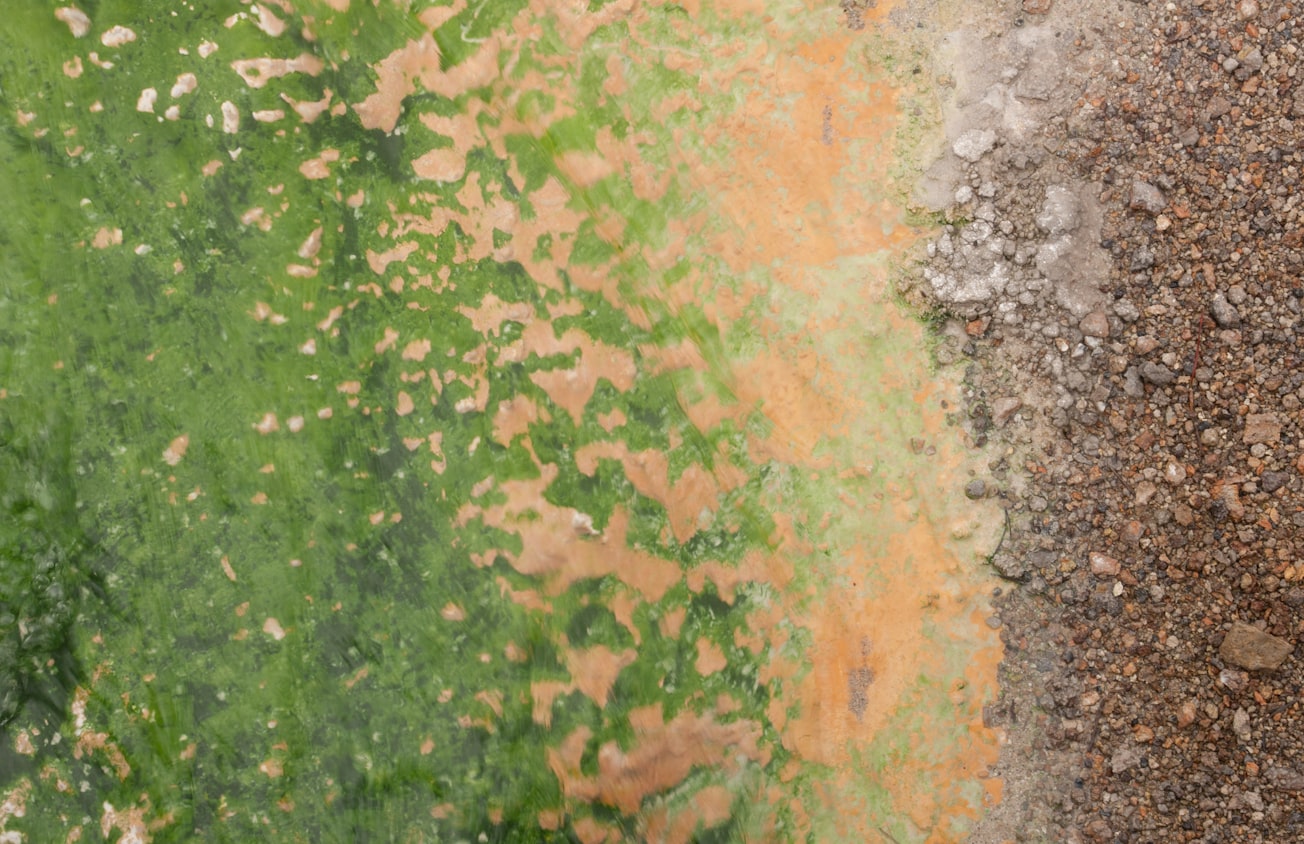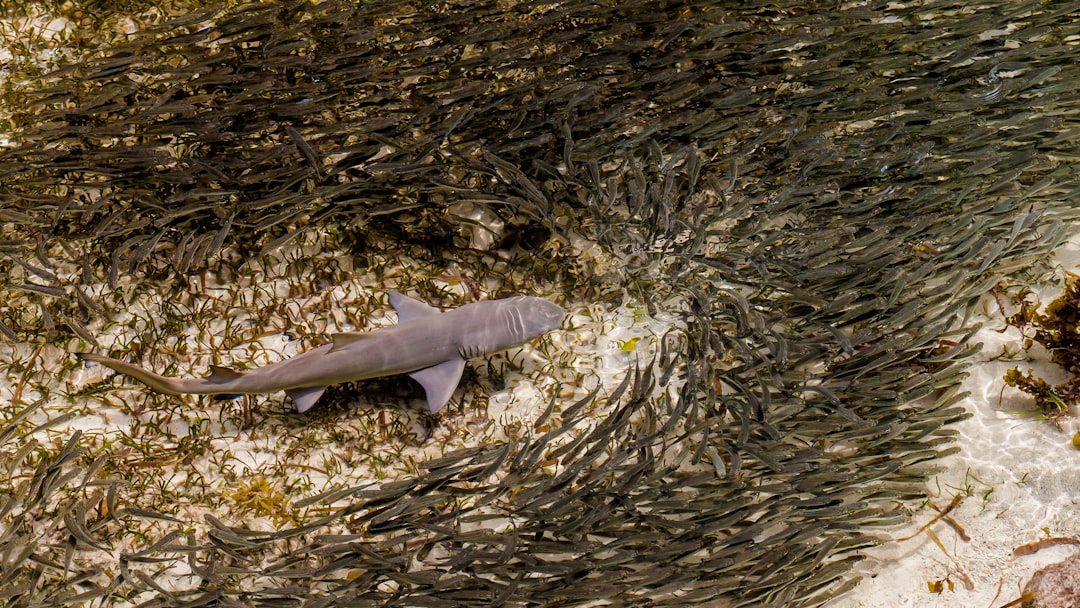What is it about?
Models of microbial communities always assume that the microbes' metabolic strategies (i.e., what they eat and how much) are fixed in time; however, it is very well known that this is not the case. Here, we build a model of microbial communities where species can change their metabolic strategies in order to maximize their growth rate, i.e. they can "decide" what to uptake and how much depending on what's out there in the environment to grow as fast as possible. We build this model for communities where competition for common resources is the only interaction that can take place between species, and show that this significantly increases the amount of species that can coexist in such communities, going even beyond the limit normally imposed by the so-called "Competitive Exclusion Principle"
Featured Image

Photo by Chuck Grimmett on Unsplash
Why is it important?
This is the first instance of a consumer-resource model with dynamic metabolic strategies, i.e. where the species' resource uptakes can change dynamically over time depending on environmental conditions.
Read the Original
This page is a summary of: Dynamic metabolic adaptation can promote species coexistence in competitive microbial communities, PLoS Computational Biology, May 2020, PLOS,
DOI: 10.1371/journal.pcbi.1007896.
You can read the full text:
Contributors
The following have contributed to this page










